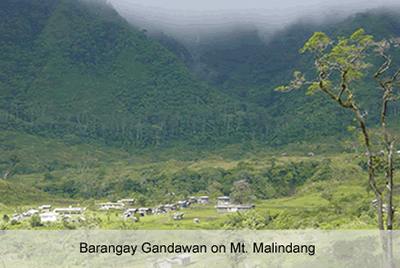 | SynBioFromLeukipposI Curated by Socrates Logos |
Stable gene targeting in human cells using single-strand oligonucleotides with modified bases
by
Rios X, Briggs AW, Christodoulou D, Gorham JM, Seidman JG, Church GM.
Rios X, Briggs AW, Christodoulou D, Gorham JM, Seidman JG, Church GM.
"Recent advances allow multiplexed genome engineering in E. coli, employing easily designed oligonucleotides to edit multiple loci simultaneously. A similar technology in human cells would greatly expedite functional genomics, both by enhancing our ability to test how individual variants such as single nucleotide polymorphisms (SNPs) are related to specific phenotypes, and potentially allowing simultaneous mutation of multiple loci. However, oligo-mediated targeting of human cells is currently limited by low targeting efficiencies and low survival of modified cells. Using a HeLa-based EGFP-rescue reporter system we show that use of modified base analogs can increase targeting efficiency, in part by avoiding the mismatch repair machinery. We investigate the effects of oligonucleotide toxicity and find a strong correlation between the number of phosphorothioate bonds and toxicity. Stably EGFP-corrected cells were generated at a frequency of ~0.05% with an optimized oligonucleotide design combining modified bases and reduced number of phosphorothioate bonds. We provide evidence from comparative RNA-seq analysis suggesting cellular immunity induced by the oligonucleotides might contribute to the low viability of oligo-corrected cells. Further optimization of this method should allow rapid and scalable genome engineering in human cells."
http://bit.ly/MbNeVW
 | The Glory of the Garden Curated by David Rowing |
IN a country with more than 7,000 islands, most of the population is naturally dependent on fish and other bounties of the sea. Fresh seafood is often readily available and is an integral part of the Filipino diet.
It, therefore, comes as a shock to find out that the Philippines will be importing more fish to satisfy the growing demands of the population amid declining fisheries stock in the county.
All fingers point to an extremely stressed and exploited environment.
According to the Bureau of Fisheries and Aquatic Resources, its national stock-assessment program showed that 10 of the 13 fishing grounds that were mapped are “very heavily exploited” with more than 70 fishermen per square kilometer. The fisheries subsector has been reporting declines in fish catch in the past two years, and because fish and other seafood constitute the majority of the protein needs of most Filipinos, the government is struggling to meet the population’s demand for fish.
This situation illustrates the fact that changes in population size, including rate of growth and distribution, have far-reaching impacts on the environment and, consequently, on development prospects.

